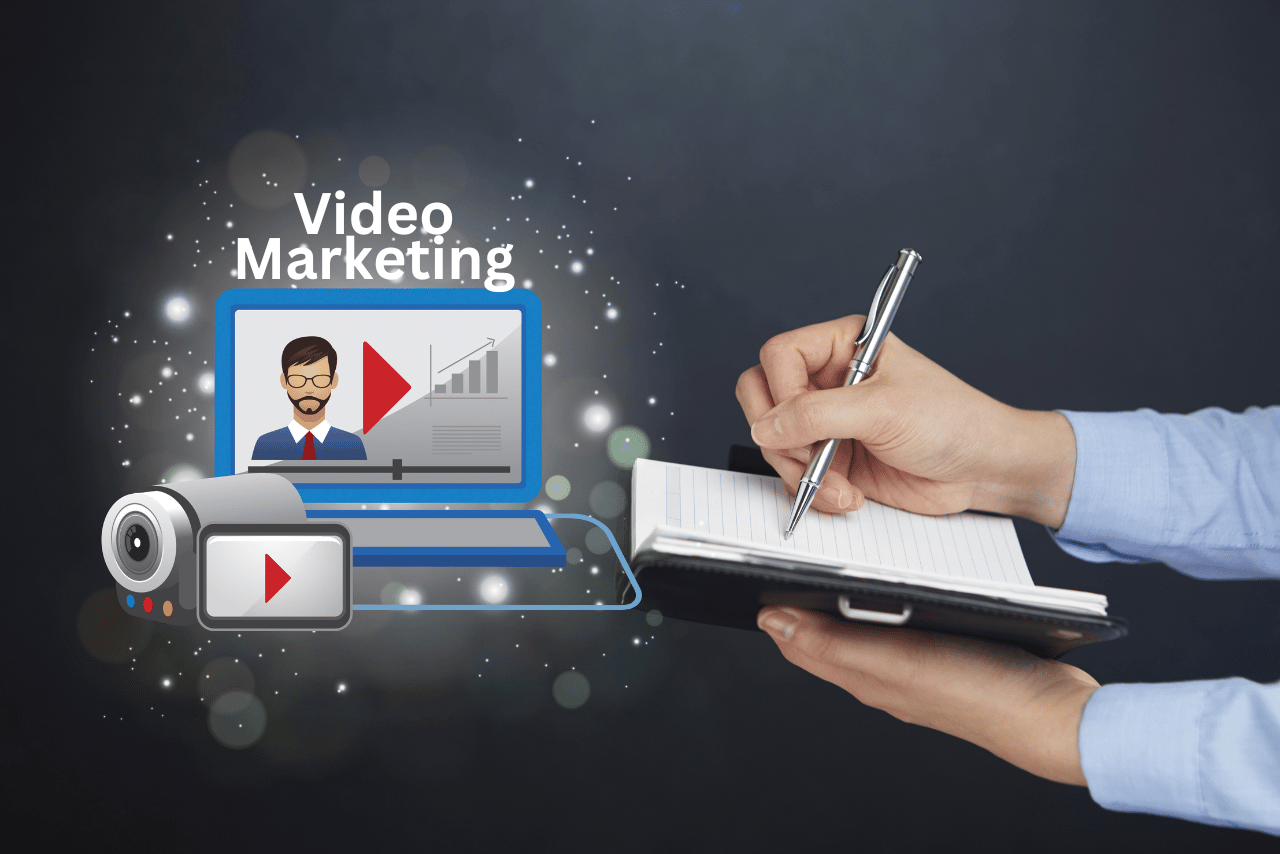The on-page SEO process is mandatory to learn in order to boost your web page. On-page SEO has a magical power to bring unlimited new customers and visitors right on your web page. Doing on-page SEO has become an important process for boosting your web and bringing it to the top search pages of Google. This process helps to boost web online presence, increase page ranking, bring in maximum organic traffic, and execute a successful SEO campaign.
If any website is not properly optimized then the chances of ranking high on search engines and bringing traffic will decile. In this informative article, you will get to learn about the step-by-step process to do On-page SEO in order to improve your search engine ranking and bring maximum organic traffic.
What is On-page SEO
On-page SEO also referred to as on-site SEO is the process of properly optimizing the content of web pages for users and search engines. The basic and very common on-page SEO process includes,
- Optimizing the content.
- Optimizing the title tags.
- Optimizing the URLs.
- Optimizing the internal and external links.
However, the on-page SEO process is somehow different from off-page SEO. Off-page SEO is connected with optimizing signals that are connected with your website (including backlinks).
The basic aim of doing an on-page SEO process is to speak and meet the search engine’s algorithm. Meeting the algorithm of search engine crawlers will be able to understand the meaning, value, and context of your web pages and help to rank them on top search pages.
Importance of On-page SEO

On-Page SEO process has become very important in order to stand in top-rank search results. During the ranking and indexing process, the search engine makes sure to link proper web pages that have proper keywords and search terms that the target audience type in the search box.
On-page SEO guides you to make the best selection of keyword and enable you to use it properly in an even manner. Keywords are the main element to boost your content and rank on top searches. As you make changes on the page this is why this optimization is known as on-page SEO (search engine optimization).
On-Page SEO Process Step-by-step Guidelines

This On-page SEO is mainly focused on optimizing web content properly. There are a lot of paid and unpaid SEO plugins that users can easily download and activate on their web WordPress. This plugin is responsible to show and guide the user to fix the SEO by highlighting them.
Mainly majority of people are using Yoast SEO plugin to fix the on-page SEO of the content. Every step of on-page SEO depends on you how fix it and optimize the page 100%. However, there are a few basic things that you need to focus on to improve on-page SEO.
- Page titles.
- High-quality unique page content.
- Proper headings.
- Engaging and optimized content title.
- Proper Meta description.
- Removing images copyright and putting right alt text.
- Page URLs.
- In bounce and out bounce links.
- Website speed.
- Response time and user experience.
1. Page Titles:
This is also known as a title tag. It is very important in boosting on-page SEO. There are many tools that help you create an engaging and fully optimized page title. The title helps both search engines and visitors understand what they can get on the current page. In order to ensure that your website page is ranking for proper intent, make sure to add the intended keyword to the title of each piece of content on each page.
Some pro tips to create a highly optimized title are,
- Never do keyword stuffing.
- The title limit should be 60 characters.
- Never use all capitals.
- The first letter of each word should be capitalized.
- Make sure to include your brand in the title. (The Ultimate Guide for Content Writing in 2022-Digitallway).
- Make it proper and relevant to the web page.
2. Use Proper Header
Headers are important in the on-page SEO process. Make sure to split the content into subheadings and add those subheadings to “H1, H2, H3” tags. According to the on-page SEO algorithm, use keywords in the headers as well.
3. Insert Proper Image Alt-Text
Just inserting the right image is not enough. To make these images able to appear in searches, you have to insert the right alt-text for each image. It is advised to use keywords in alt-text as well. This will help to boost the optimization of your content.
4. Create Proper Meta Description
These are the short page description that instantly appears next to the content title in searches. Create a meaningful and concise Meta description. You have to ensure the use of proper keywords at least one time in this.
Here are some pro tips to create a proper Meta description for web content,
- Use proper, complete, and attractive sentences.
- Keep it minimal and under 160 characters.
- Make sure to use the proper target keyword at least one time.
- Make it meaningful, to the point, and concise.
5. Page URLs
URLs play an important part in the on-page SEO process. It should be simple and accessible to users and search engines. This is an important element in maintaining the systematic order of your web content. There are many tools that help you create the proper URL for each content. This link can be used as an internal link for other content.
Here are some hot tips for creating an amazing SEO-friendly page URL,
- Use around one or two keywords in the URL.
- Try to use “HTTPS”, if possible. As Google and other search engine consider it a positive ranking element.
- Remove unnecessary and extra words.
6. Website Speed and User Experience
Make sure to pay full attention to improving and boosting your website speed. Web page loading speed put a visible impact on user experience. If the web pages load slowly so the traffic diverts from your web to another and search engines will also pay less attention to ranking your web.
In addition to this, web speed has a direct link with the overall conversion rates and ROI. There are many tools that help to check the web loading speed. Pay attention to boosting page speed.
All the on-page SEO components fall into three prime categories,
- Site architectural components.
- Content elements.
- HTML components.
7. Site Architectural Components
These major components refer to the factors that help to create site pages and websites. The structure of your website helps search engines and Google to smoothly crawl the page contents and pages.
8. HTML Components
The HTML components direct the components in your website sourced codes. Web developer has to pay maximum attention to generating fully optimized HTML codes that can be simply recognized by all search engines. The design of codes should be according to the algorithm of SEO.
9. Content Elements of On-Page SEO Process
Content components of your web content have a special value in on-page SEO. The major optimization has to be done in the contents of your web. There is a number of tools that help you to point out what factor need to fix and what’s going with the flaw. However, giving proper attention to fixing the SEO of each content can boost your web ranking like a fire.
10. Create High-Quality Original Web content
Page contents are considered the soul of on-page SEO. It helps to tell both, the reader and search engines what your business and website are all about. The very initial step for creating high-quality original content is to find the right keyword for the right audience. There are a lot of free and paid tools that help you get the right keyword for the right audience. Selection of the right keyword is the heart of writing amazing content that has the power to drive maximum organic traffic.
Here we have bought you a list of a few worth practising for creating high-quality web content,
- Choose a short or long-tail keyword from the keyword search tool.
- Insert relevant and engaging visual graphics.
- Write for a specific audience.
- Smartly solve your problem.
- Create amazing content that the audience will link to and share.
- Optimize for conversions with tools.
Final Thoughts
Once you are done fixing every factor that is mentioned properly in the on-page SEO process, make sure to use analytics tools and see your web and content progress on regular basis. These analytics will show you exact data by graphs that will make you able to understand where on-page SEO is a need and which content is standing well. Make sure to optimize every content of your web page. This will help to stand in top searches. Plan out to optimize content before publishing it. SEO is not something that you just have to do once, you have to pay attention to this every time and meet the updated targets.







